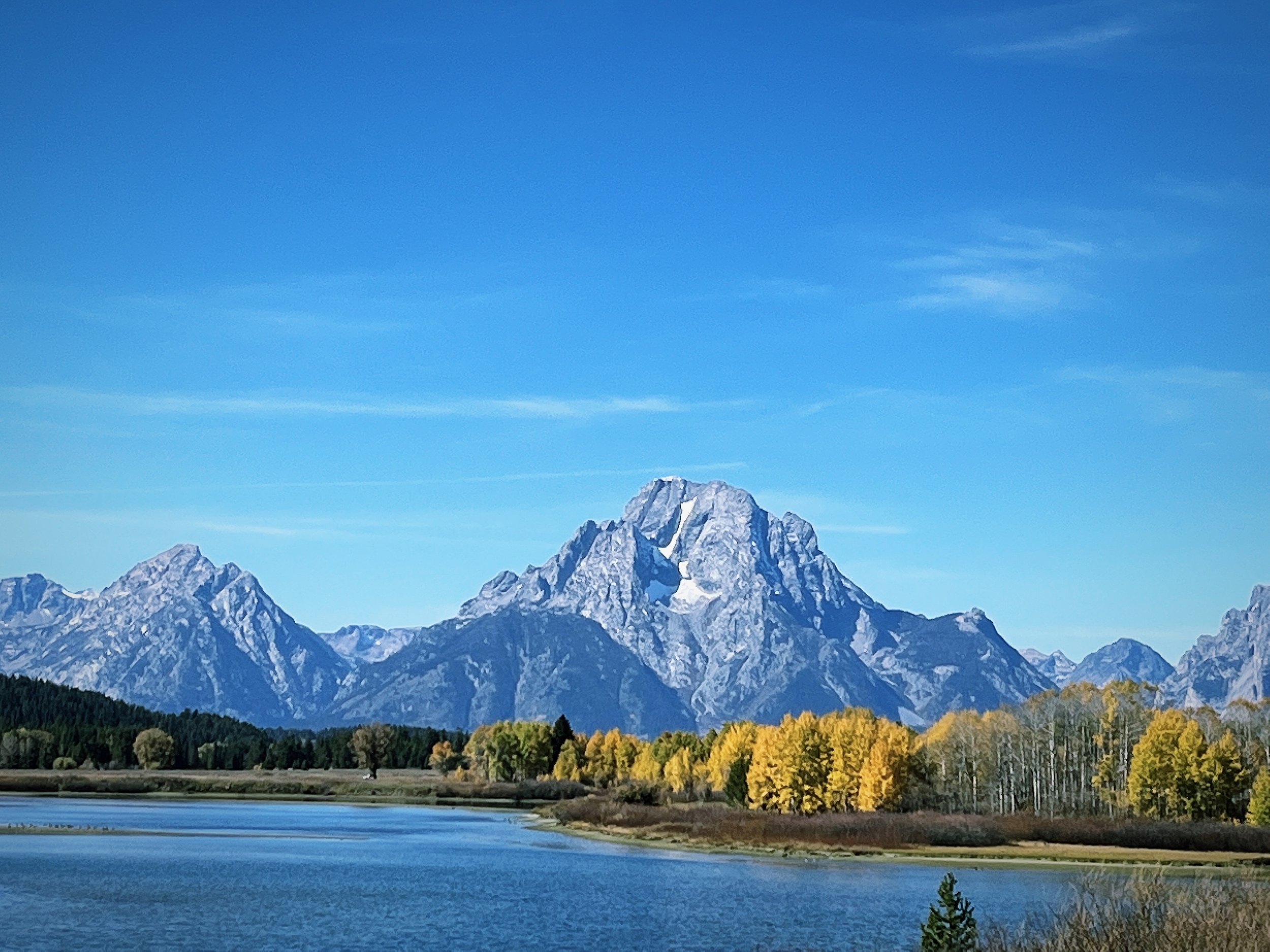“I mean,
what bird sings in a blizzard? And how
can I learn that kind of hope?”
This morning when I got up and looked out of my window, a chubby red cardinal was sitting on the fence next door looking around. He was surveying the yard covered with the flotsam and jetsam of early spring storms And of course he was singing. Or flirting. I don’t really know. I don’t speak Cardinal.
Lately I have been writing about the hope and longing for Spring and seeing him, cheeky and red this morning made me feel hopeful. Made me feel like I had ordered him out of some ‘Looking for signs of Spring’ catalogue—and he had appeared because I needed him to. I felt lost and he found me. Lost and found.
These two words keep floating through my head this week. They were words of dread as a child—because that’s where you went to look for things you lost, the ‘lost and found’ and nothing you ever lost was there. It was a fruitless exercise to go, and look at the bin of other luckier children’s things. Things that might be found by others and know that your mittens or scarf were still missing.
I’m getting pretty good at knowing ‘lost.’ That feeling of constantly looking around, wondering where you need to go. Feeling like everything is unfamiliar. It’s not always a bad feeling—in the right moments it can feel adventurous or surprising. But it is also tiring. It means you have to pay closer attention to everything. Looking for clues. Looking for signposts—or landmarks to help you remember where you are.
When you are healing from trauma there are a lot of moments of lost. I think that for any real healing, whether from physical illness or the grief of a terrible loss—I think these are all times where we feel lost. We feel like we have been cast overboard by life—and we splash around, we grab on to a log, and eventually find our way to something more solid. Or we are pushed, or we leap, from the path we were on, from a path that felt familiar. We are now in a terrain where we aren’t on the trail—we have to make the trail.
We feel lost, but with each step we are actually being found—by ourselves—and by the people we trust with our healing, and by the people who love us. It’s harder to see the ‘found’ moments. They are tiny and fleeting the way the cardinal was this morning. You are not found all at once. You are found in moments, in flashes. You are found one word at a time, and one cry at a time. You are found in your best moments and your worst moments. I often miss the moments I am found because I am too busy thrashing through the forest. I am too busy looking for something bigger to tell me I have been found, instead of taking in the quieter moments of cardinal song.
But sometimes I do. Sometimes I can hear it. Even when I forget that I have. Lost and Found. It is the repetition of this dynamic—the hide and seek melody of healing. You need to lose your way, the old way, the old rules. You need to let go of the familiar because the familiar was no longer helping you heal, become whole. And with this courage of the explorer self—you get to have the practice. Lost and Found. Again. Again.
The funny thing about learning this, is that I can just as easily forget. I got up this morning to a cardinal. And this afternoon while looking for a work document on my computer, I found a poem I had written on a similar day, with a similar bird. I had lost him, and the hope he brought for a while. And today he was found.
Cardinal
I want a poem about the snow
that fell overnight and is now
resting on the roof of my doghouse.
I want this same poem to weave the
longing I feel and lack of hope that
a long and snow laden winter can bring.
It is likely that this poem will mention
the anxiety that has been stalking me
since last Thursday, and crept into my dreams,
though it seems that this poem will have
its work cut out for it, if it thinks
that just by describing the snowy
edges of the trees, and the unlikely
song of a cardinal singing this
morning, while I nestled under down,
it can change my mind, I mean,
what bird sings in a blizzard? And how
can I learn that kind of hope?
Gretchen Schmelzer
© 2024 Gretchen L Schmelzer, PhD




